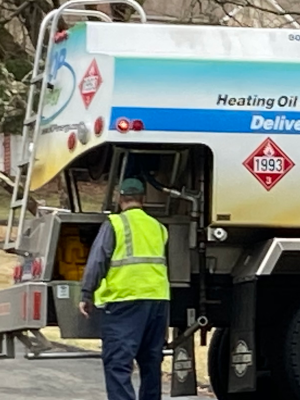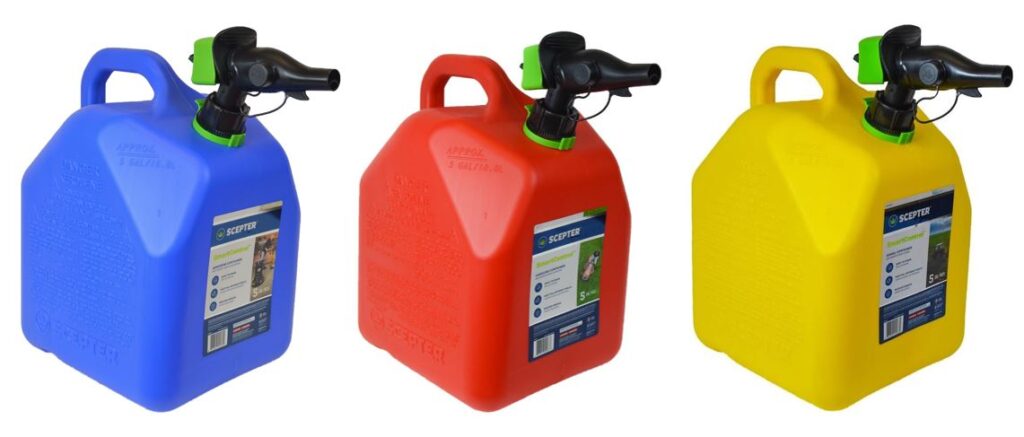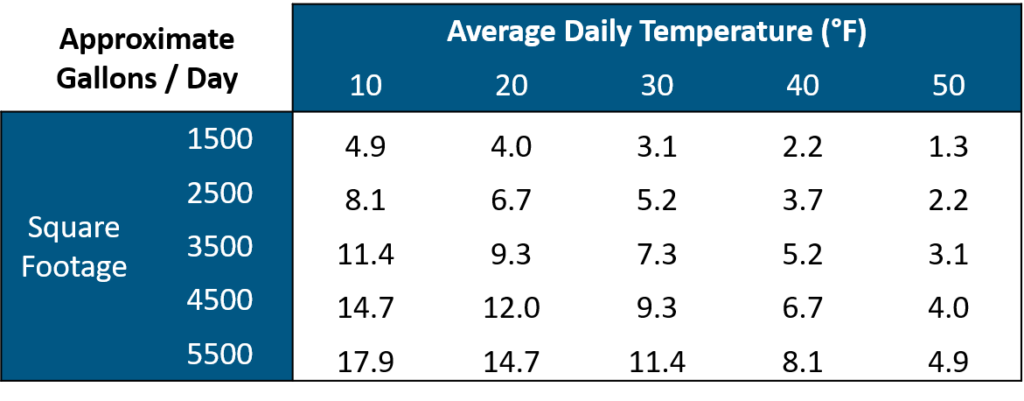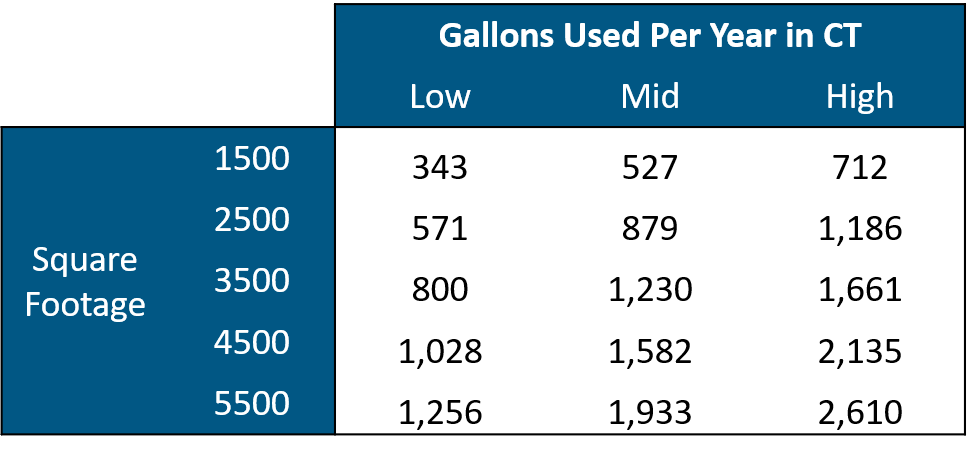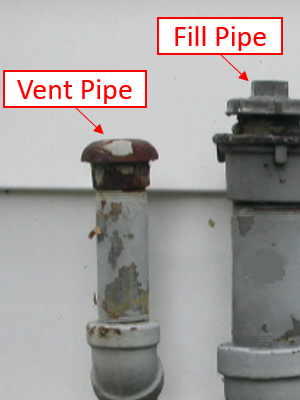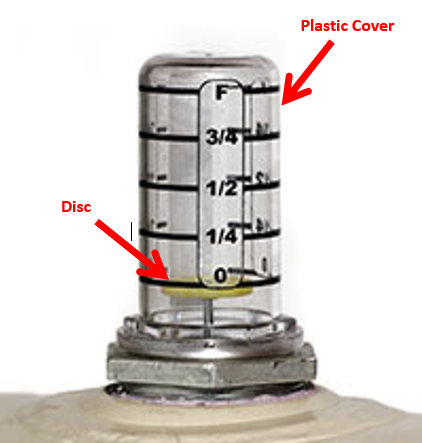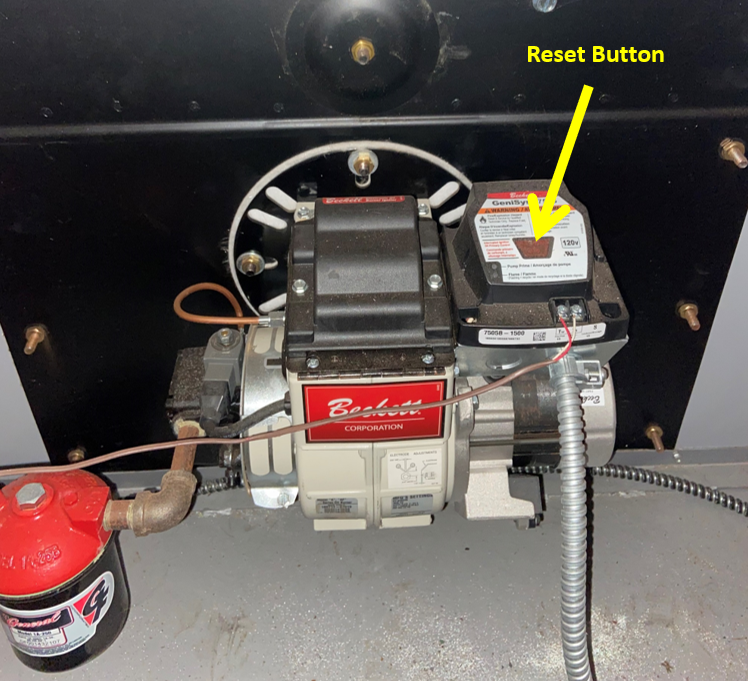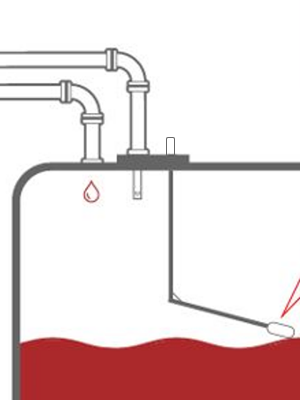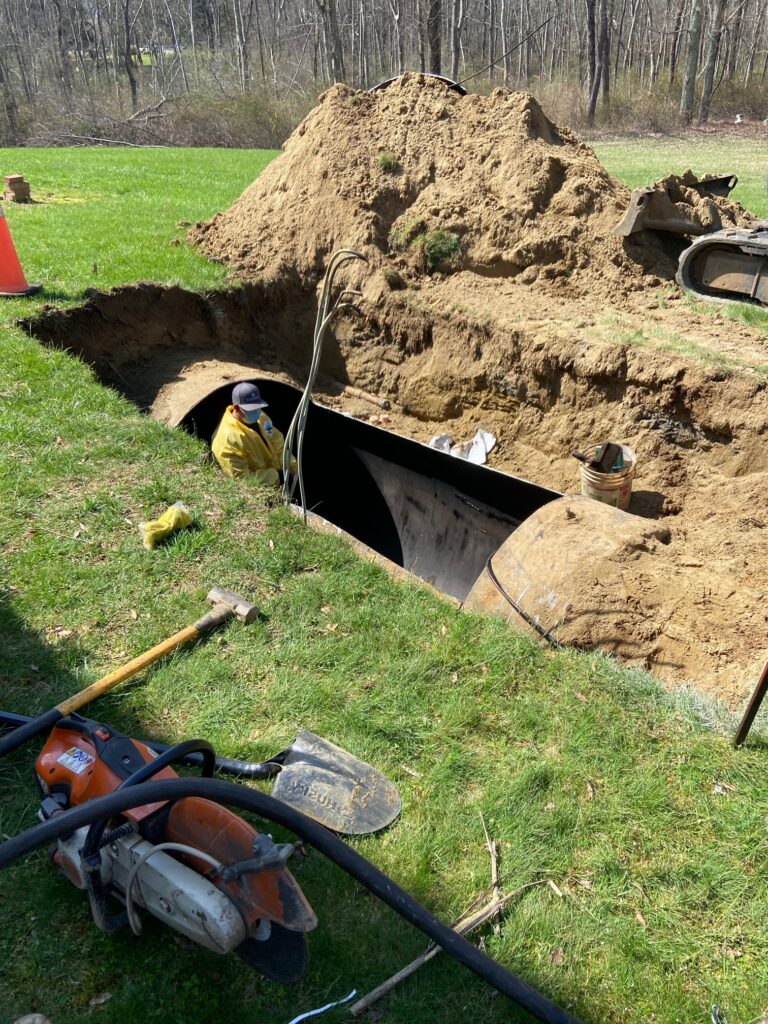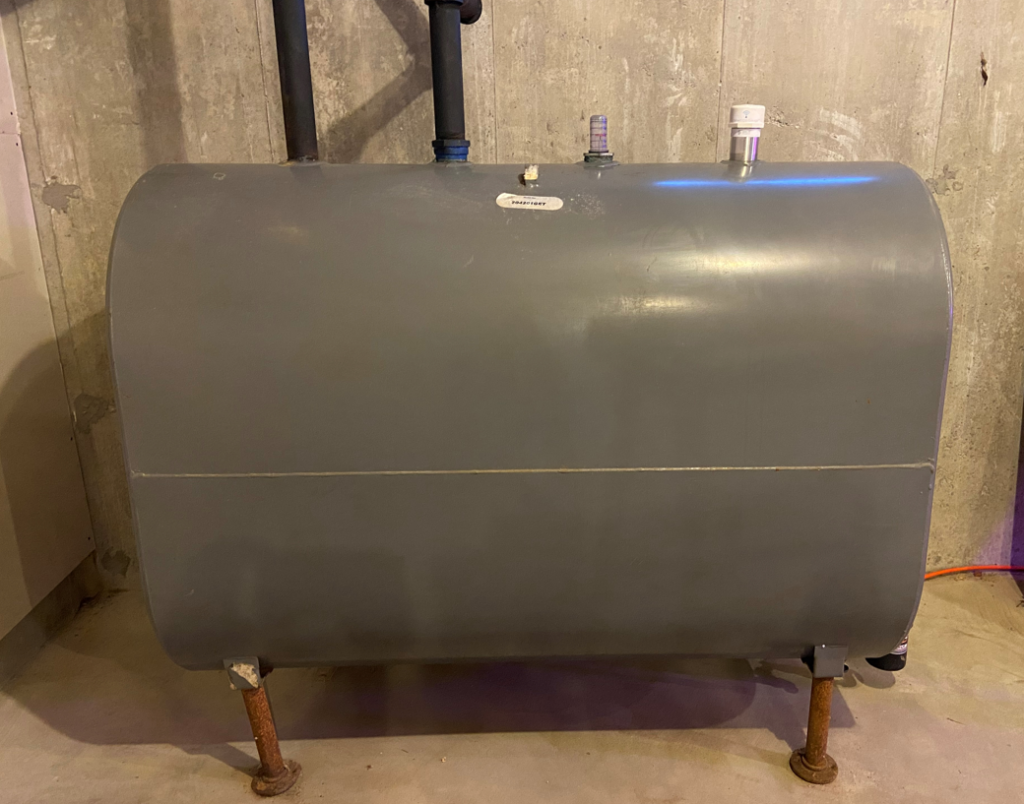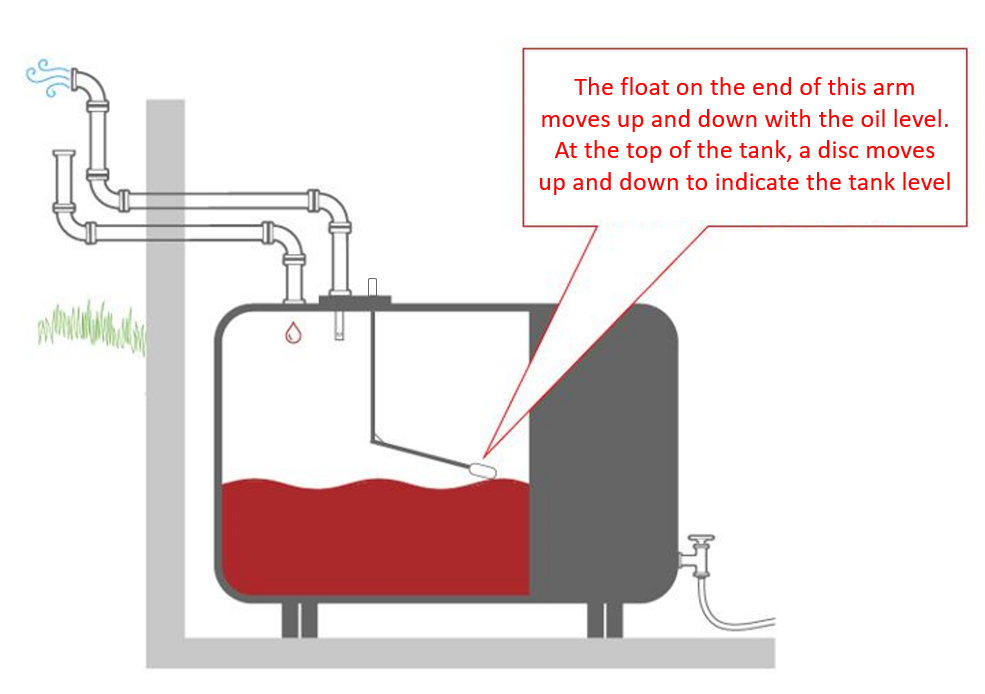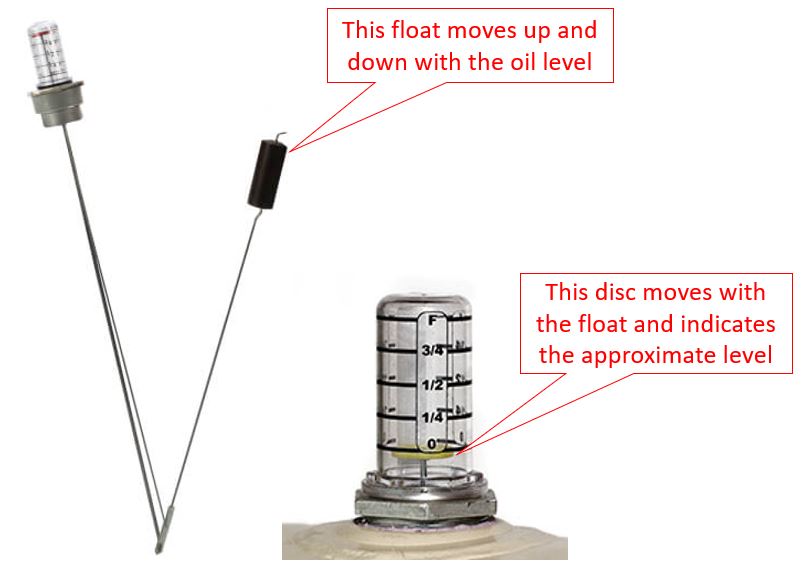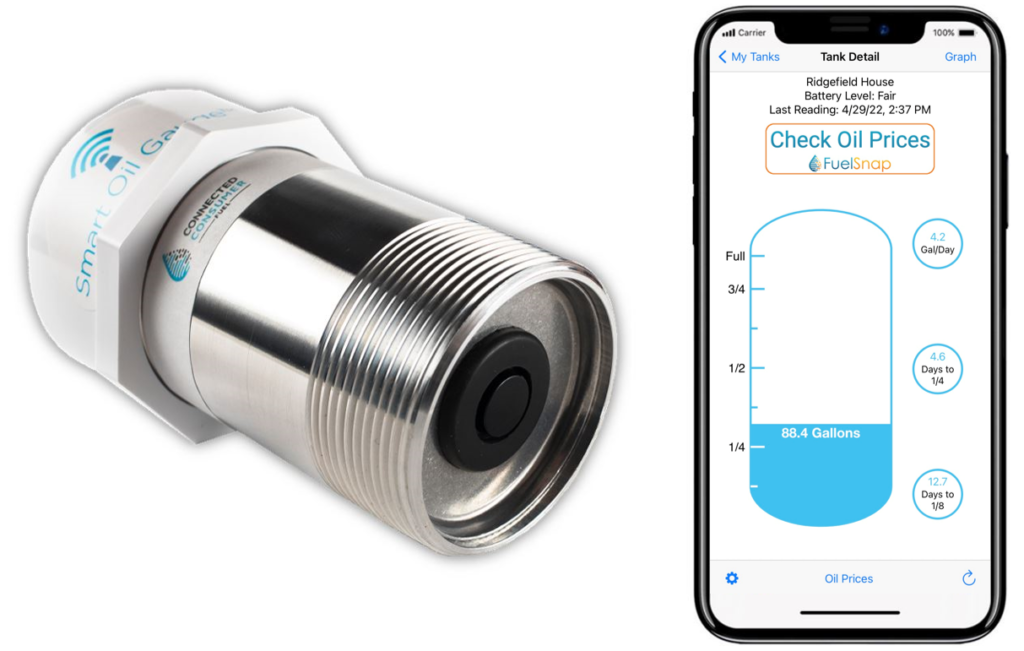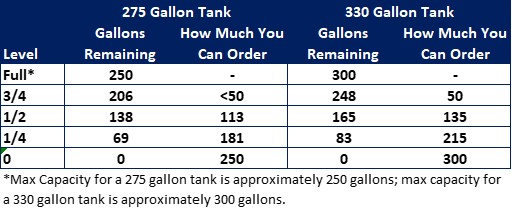With fall just around the corner it’s time to start thinking about heating oil again. If you just moved into a house with oil heat, there’s a lot you should know. In this post we’ll break down oil heat basics, including how to fill a home heating oil tank.
Heating Oil is a ‘Delivered Fuel’
Unlike natural gas – which is plumbed through the ground to your house – or electricity – which comes straight into the house as well – heating oil is delivered by a truck. Heating oil trucks usually hold around 2500 gallons and deliver an average of 150-200 gallons at each stop.
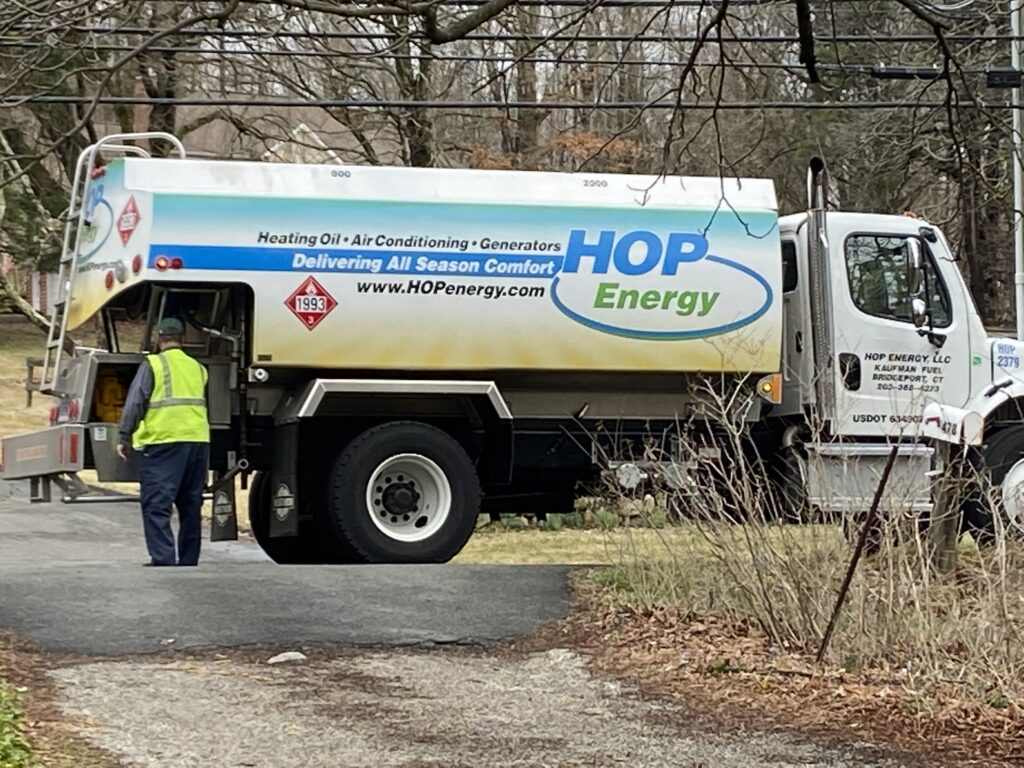
Types of Heating Oil Tanks
Whatever type of oil tank you have, always remember to clear a path to your oil tank fill pipe after a snowstorm. This will ensure the driver can make the delivery without any issues.
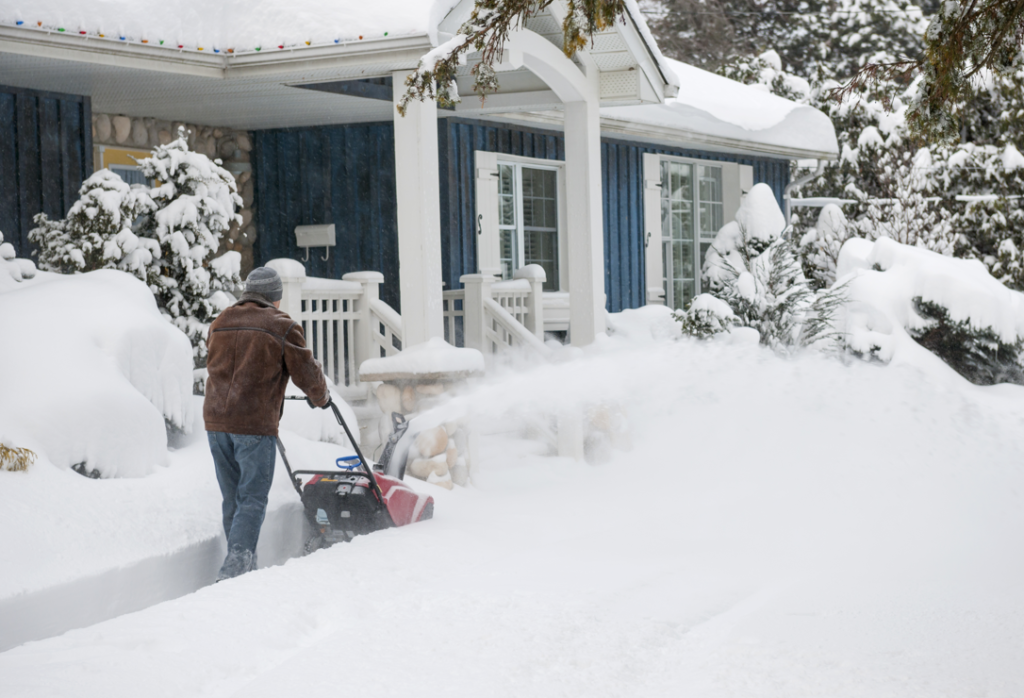
Indoor Oil Tanks
Heating oil tanks are most often located inside of a basement or garage. If this is the case, then the driver will see a fill pipe and a vent pipe extending outside of the house from the tank.
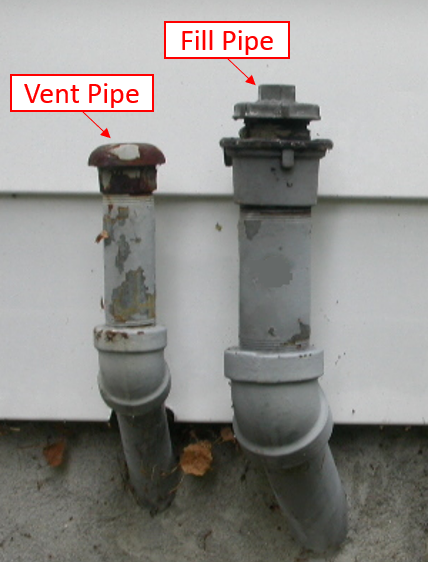
Buried Oil Tanks
Occasionally, a heating oil tank will be buried in the ground. In this case, the driver pumps the oil into a fill pipe sticking out of the ground.
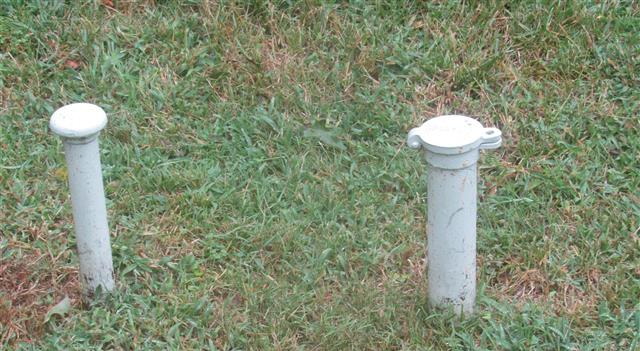
Outdoor Oil Tanks
Outdoor oil tanks are the easiest for drivers to deliver to, as the whole tank is visible from outside.
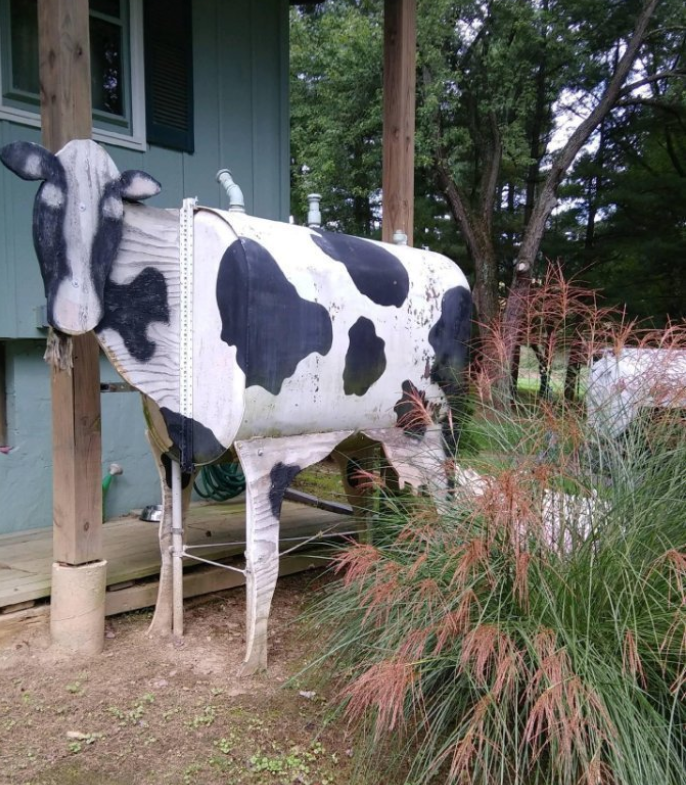
How to Fill an Oil Tank
The first step to filling an oil tank is placing an order for heating oil online. You can do this by entering your zip code on a site like FuelSnap. Refer to these tank charts to determine how much heating oil to order.
Once you order oil, the truck will come to deliver it. The driver will attach the hose to the fill pipe and begin pumping.
As the oil enters the tank, it will force the air in the tank out of the vent pipe, blowing a whistle. The driver listens to the whistle to know that the tank is not full and he can keep pumping.
The driver stops pumping oil when he pumps the amount ordered, or he hears the whistle stop. The whistle hangs down in the tank and stops whistling when it touches the oil.
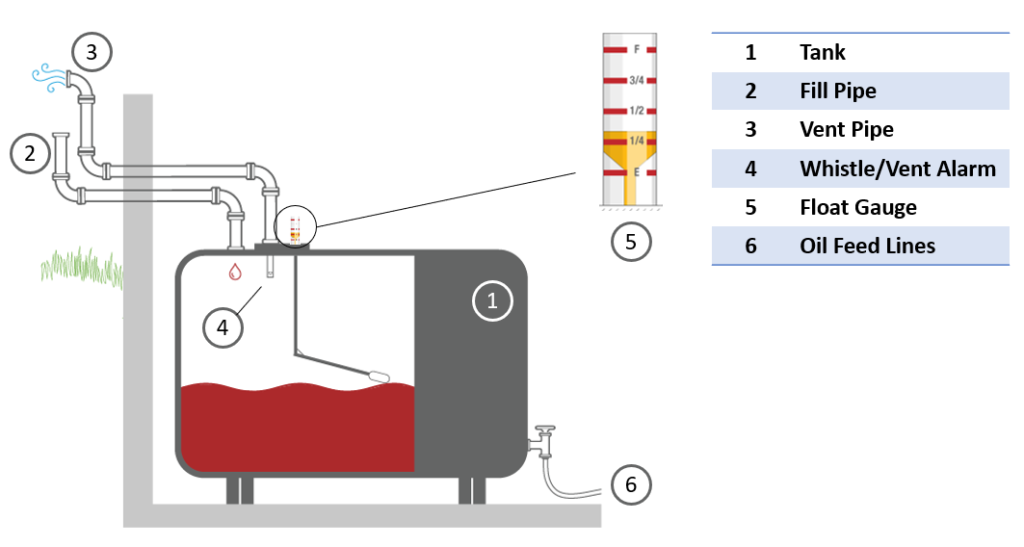
Paying For Your Heating Oil
If you ordered a ‘Fill’, the oil company will usually authorize a charge on your credit card for a full tank of oil. For a typical 275 gallon tank, this would be about 250 gallons. Once the delivery is made, a refund will typically be provided for any gallons that the dealer could not fit in the tank.
If you are on automatic delivery, expect a credit card charge around the time the delivery is made, or an invoice in the mailbox when you get home.
Happy heating,
Steve

